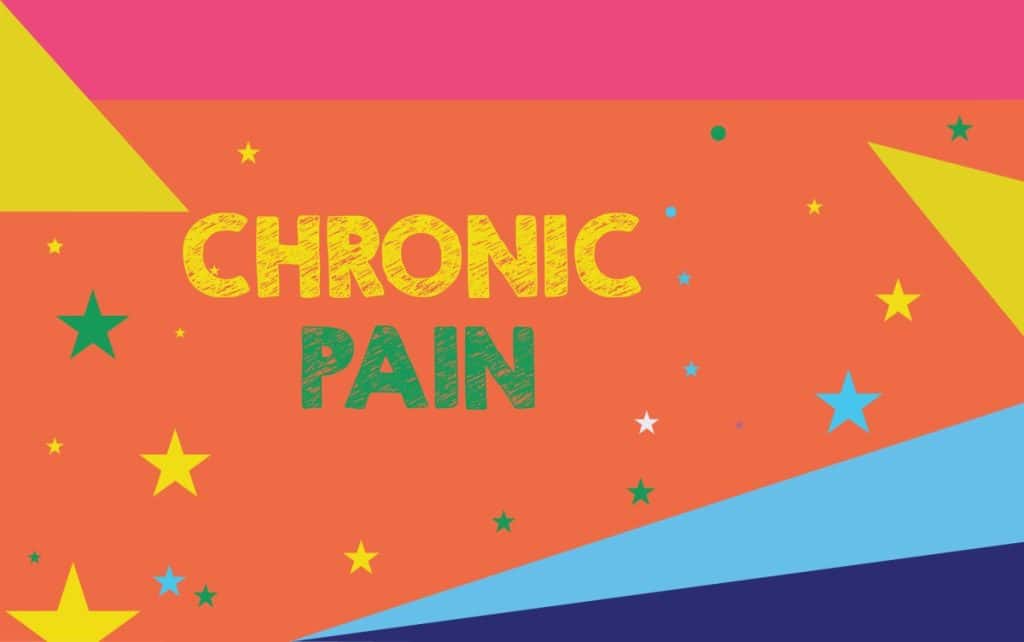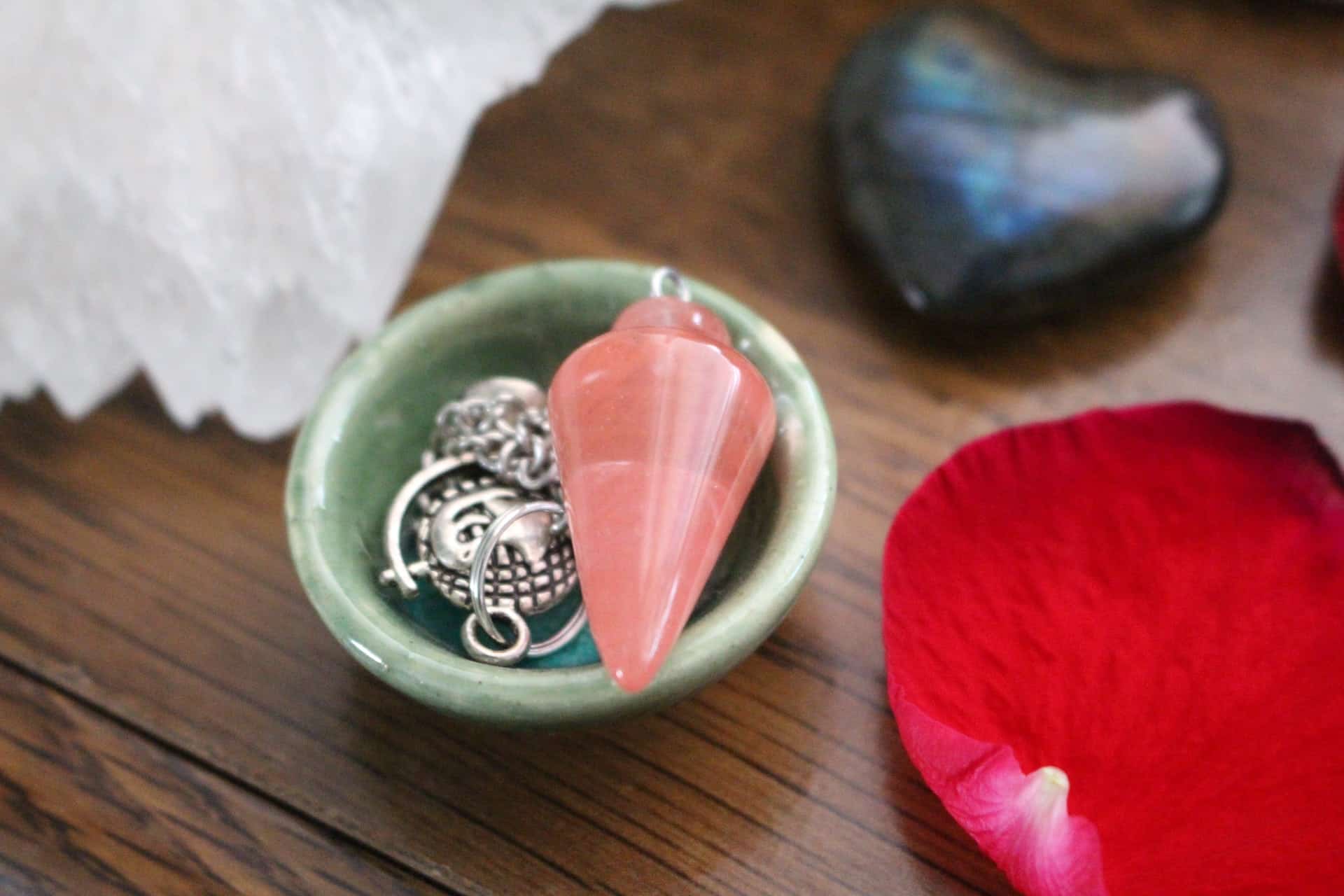The Power Within: Using Mindfulness to Overcome Chronic Pain
As someone who has experienced chronic pain firsthand, I understand the constant struggle to find ways to manage it.
From painkillers to physical therapy, the options are endless but often leave you feeling helpless and at the mercy of your pain. That’s why I turned to mindfulness – a powerful tool that has improved my life.

Table of Contents
Understanding Chronic Pain
Before we dive into mindfulness, it’s important to understand what chronic pain is and how it affects our bodies. Chronic pain is defined as pain that lasts for more than 3-6 months and is usually caused by an injury or illness. It’s a complex condition that affects an individual’s physical, emotional, and psychological well-being.
Chronic pain can cause anxiety, depression, and sleep disorders, further exacerbating the pain.
The Traditional Approach to Chronic Pain
The traditional approach to chronic pain management involves medication, physical therapy, and surgery. These methods can be very effective, ad mindfulness is no replacement for them. It’s more something you would use in addition.
What is Mindfulness?
Mindfulness is the practice of being present in the moment and non-judgmentally observing your thoughts and feelings.
It’s about accepting your pain and being aware of it without getting caught up. Mindfulness is training your mind to focus on the present moment rather than dwelling on the past or worrying about the future.
By doing so, you can reduce stress and anxiety, which can help to alleviate your pain.
How to Practice Mindfulness
To practice mindfulness, find a quiet and comfortable place to sit or lie down. Close your eyes and take a deep breath, focusing on the sensation of the air flowing in and out of your body. Bring your attention to the present moment and observe your thoughts and feelings without judgment.
If your mind starts to wander, gently bring it back to the present moment. You can also practice mindfulness while doing everyday activities like walking or washing dishes.
Using Mindfulness to Manage Chronic Pain
Now that you understand what mindfulness is and how to practice it let’s explore how you can use it to manage your chronic pain.
Acceptance
The first step in using mindfulness to manage your chronic pain is to accept it. Acknowledge that your pain is a part of your life and that you can’t control it.

Accepting your pain can reduce the stress and anxiety that often come with it. Mindfulness can help you to observe your pain without judgment and learn to live with it rather than fight against it.
Breathing
Breathing is a powerful tool that can help you to manage your pain. When you’re in pain, your body is in a state of stress, which can cause your breathing to become shallow and rapid.
Focusing on your breath and taking slow, deep breaths can calm your mind and reduce your pain. When you breathe deeply, you signal your brain to relax, which can help reduce your pain.
Visualization
Visualization is a technique that involves imagining a peaceful and relaxing scene. It can help to reduce your pain and anxiety by distracting your mind from your pain.
Visualize a place where you feel calm and relaxed, such as a beach or a mountain. Imagine the sounds, smells, and sensations of that place. Doing so can create a sense of calm and reduce the intensity of your pain.
Body Scan
A body scan is a mindfulness practice that focuses on each part of your body, from your toes to the top of your head. It’s a way of becoming aware of your body and any areas of tension or pain.
Start by lying down in a comfortable position and taking a few deep breaths. Then, bring your attention to your toes and focus on any sensations you feel in that area. Slowly work your way up your body, paying attention to each part and any sensations you feel.
By doing so, you can become more aware of your body and learn to relax any areas of tension.
Mindful Movement
Mindful movement is a form of exercise that combines mindfulness with physical activity. It can help to reduce your pain and improve your overall well-being.
Examples of mindful movement include yoga, tai chi, and qigong. These practices involve slow and controlled movements that are synchronized with your breath.
Doing so can reduce stress and tension in your body, which can help alleviate your pain.
Gratitude
Gratitude is a practice that involves focusing on the things in your life that you’re thankful for. It can help to shift your focus away from your pain and towards the positive aspects of your life. Start by listing things you’re grateful for, such as your family, friends, or favorite hobbies.
Focusing on the good in your life can reduce stress and anxiety, which can help alleviate your pain.
More Than Just Ouch
Chronic pain can be debilitating and affect every aspect of your life. While traditional approaches to pain management can be effective, they often come with side effects and risks. Mindfulness is a natural and holistic approach that can help you to manage your pain and improve your overall well-being.
By accepting your pain, focusing on your breath, visualizing peaceful scenes, doing body scans, practicing mindful movement, and cultivating gratitude, you can reduce stress and anxiety, which can help to alleviate your pain.
Give mindfulness a try and see how it can improve your life.






